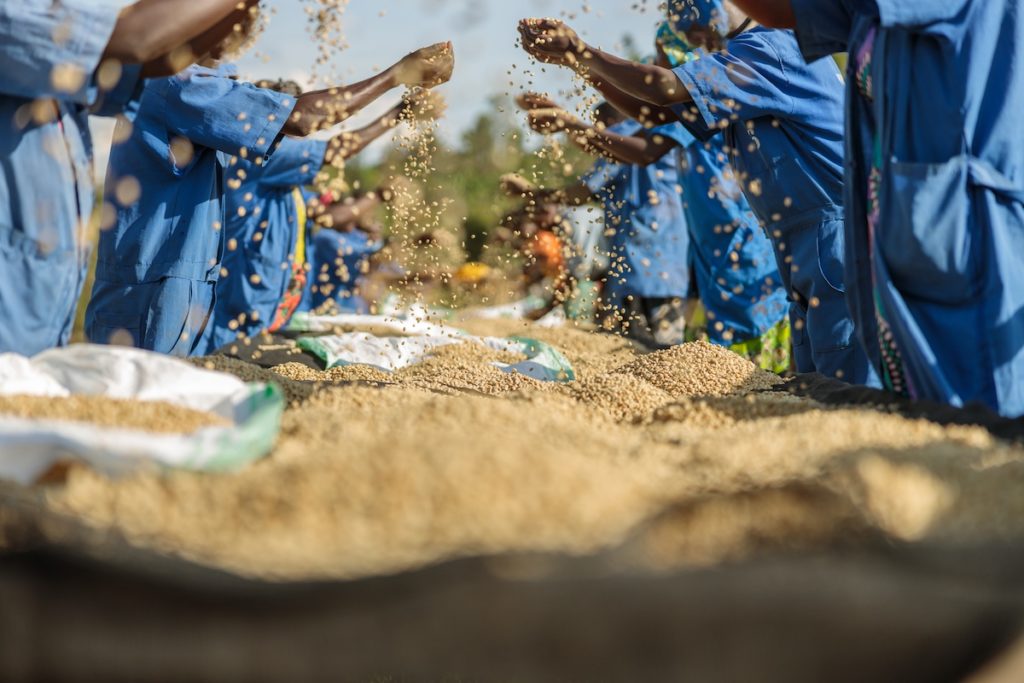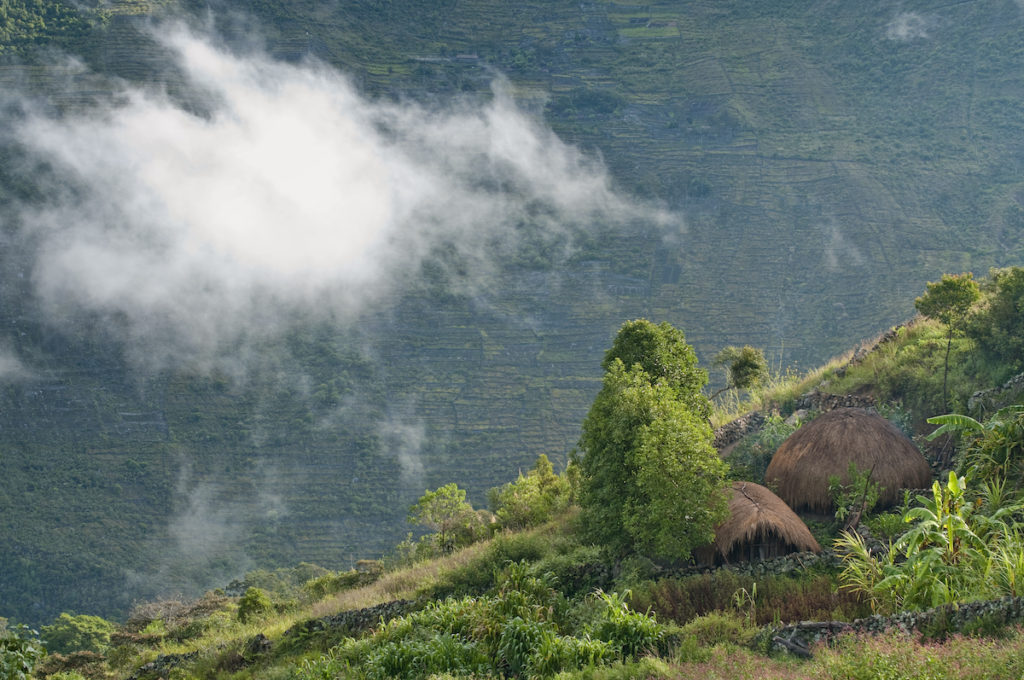Coffee comes from the seeds of the fruit of the coffee tree, but the coffee bean that you grind and brew to make a cup of coffee has changed quite a bit since it was harvested. The raw coffee beans, also known as green coffee beans, are dried, cleaned, and roasted to become the coffee beans used for drinking. Roasting is the process of heating green coffee beans to enhance their flavor and aroma, as well as improve their solubility in water. This process causes chemical reactions within the coffee bean. The science of coffee roasting results in a brown, aromatic, and flavorful coffee bean that can then be ground and brewed.
Why do coffee beans need to be roasted?
While you can technically make coffee from green coffee beans, it does not resemble what you would normally consider a traditional cup of coffee. Green coffee beans are much softer and spongier than roasted beans, and they lack the flavor and aroma associated with coffee. Roasting is necessary to bring out the flavor and aroma from coffee beans.
What happens during the coffee roasting process?
Roasting uses heat to trigger chemical reactions within the coffee bean, followed by rapid cooling to stop the process and prevent over-roasting the beans. There are five main stages to the coffee roasting process.
- Drying or Yellowing
- The Maillard Reaction
- The First Crack
- The Second Crack
- Carbonization
During the drying or yellowing stage, the chlorophyll in the coffee bean begins to break down. This causes the bean’s color to fade from green to yellow or gray. The heat is also causing the bean to start drying out.
Next, the Maillard Reaction occurs. This is one of many chemical reactions occurring during the roasting process, but the Maillard reaction is one of the key reactions in developing the flavor of the coffee bean. During this phase, the amino acids and sugars within the coffee bean react, causing the beans to turn brown. Volatile compounds are formed, producing the aroma of coffee. Caramelization will also occur as the beans continue to get hotter, contributing to the color, sweetness, complexity, and flavor of the coffee. As the roast continues, the coffee beans will continue to darken.
The first crack happens around 385° or 390°F (196°C or 199°C). This is when the pressure of the water vapor within the coffee bean causes the bean to expand, releasing water and oxygen. The beans become more porous and brittle, losing some of their density. The first crack sounds similar to popcorn kernels popping.
The chemical reactions continue following the first crack, and this time will have the most influence on the final result from the roasting. Lighter roasted beans will display more of the characteristics of the bean, while darker roasts will be more characteristic of the roasting process. The extent of the roast will also impact the bitterness versus sweetness of the coffee, as sugars are broken down and others are formed.
The second crack occurs when the cellulose in the coffee bean weakens and begins to break apart, releasing carbon dioxide and oils. Instead of popcorn popping, the second crack sounds more like oil sizzling and crackling in a frying pan. At this point, the coffee beans will be a darker roast.
If the coffee beans continue roasting, they will reach carbonization, or burning. The coffee bean begins to break down and burn, creating a fire hazard.
Once the coffee beans have reached the desired roast, rapid cooling is used to stop the chemical reactions and prevent them from over-roasting. The primary methods of cooling are air or water quenching. Air quenching uses fans to cool the beans, while water quenching uses a spray of water, which quickly evaporates.
While freshly roasted coffee shouldn’t be used immediately, as the flavor needs time to set up, the coffee beans should be used within three weeks of roasting for the freshest coffee. Coffee beans will begin to lose their flavor and aroma upon contact with air due to the evaporation of compounds.
Learning More about Home Coffee Roasting
Are you interested in trying to roast your own coffee beans at home and experiencing the science of coffee roasting firsthand? Check out more of our home coffee roasting resources.



